Red gram, also known as pigeon pea (arhar or tur) is a very important pulse crop for India. Maharashtra leads the country in its production. The nitrogen fixing capability of the crop makes it an ideal choice as intercrop. Both monocropping and intercropping systems are followed for red gram cultivation in the country.
Soil and climate requirements
Red gram requires well drained, medium to heavy soils of pH range from 5-7 for growth. Soils with waterlogging nature, high saline content are unsuitable for red gram cultivation. The critical flowering and pod formation phase of the crop requires a temperature of more than 30oC and low moisture. General temperature requirement is less than 25oC.
Planting season
Red gram is grown during the monsoon months (June and July). The ideal time for sowing is from mid-week of June to mid-week of July.
Intercropping and Mix cropping
The nitrogen fixing nature of the crop makes it an ideal intercrop. Sorghum, pearl millet, maize, sugarcane, soybean/cowpea or cotton are usually intercropped with red gram. A widely practiced arrangement in cotton is the 8:2 rows of growing cotton and red gram respectively. It is recommended to intercrop red gram with moong and soybean/cowpea during 1st year of field conversion to organic. It has shown significant raise in soil nutrient quality. Though monocropping in red gram is practiced, it is generally avoided because of increased chances of pest and disease infestation. In order to control this, mixed planting of red gram seeds with sorghum seeds (1-2%) or any other millet is recommended. A 2:2 rows of moong and red gram respectively has been recognized beneficial. Random planting of marigold planting (100/acre) also help in pest and insect control.
Varieties
Selection of varieties should be done considering the soil type, inputs availability and local conditions. In case of farming dependent of rains, selection of short duration varieties is logical. For organic farming, it is also suitable to select a hardy/disease/pest tolerant variety. The market demand for the type of grain also has to be seen before final decision.
Seed selection and treatment
Organic certified mother stock should be used for seed procurement. It can be wither obtained from an organic certified farm or can be taken from self-plot. In case of self-plot, care should be taken to select healthy, disease and pest free plants for harvesting seeds. Tagging of the plants selected will help in separate harvesting of the seeds. Drying up of seeds after harvesting should be done to bring down moisture level to 8%.
A mixture of Trichoderma viride (8g/kg seed) and beejamrut (200g/kg seed) is to be made. The seeds should be shade dried after treatment with the above specified mixture. The seeds should then be treated with Rhizobium and PSB biofertilizer (5 g each/kg seed) and again shade dried. Thus treated seeds should be sown with a time gap of 4-6 hours of treatment.
Seed rate and sowing
Seeds are sown by drilling (4-6 cm depth) on wet soil. Crop variety and duration determine the spacing and quantity used. Long duration varieties needs 12-15 kg seeds/ha spaced at 60cm x 20 cm. Medium duration varieties follow spacing of 60cm x 20 cm at rate of 15 kg seeds/ha. Early maturity varieties require 20kg seeds/ha to fill a spacing of 120cm x 30 cm.
Field preparation
Red gram being a deep rooted crop, requires loosening of soil for root penetration. Tillage operations thereby require one deep tillage up to 1.5 feet, followed by a shallow tilling. A nutritional and preventive application of 20 q FYM/12 q compost/ 10 q of vermicompost+5kg PSB to soil during the last tillering is deemed beneficial. Soil treatment can be done by application of 500 liters of jeevamrut/ha to the soil.
Cultivation
Pruning of the main shoot tip and secondary branch tips are done between 50-60 days of germination. This results in production of large number of tertiary shoots bearing pods. This activity increases yield by 30- 50%.
We have a book with detailed information on this plant and for more info, please click here…
Both kindle eBook version and Paperback version of this plant is available at all Amazon stores. For more info, click here…
Weed management
Weed management is essential during the first 2 months of crop growth. The standard weeding schedule for red gram is 25 and 60 days after sowing. The cut weeds could be used as mulches for the crop.
Green manuring
Pre-monsoon sowing of 1-2 kg seeds of sunhemp, horse gram, cow pea, green gram, black gram and sesban are recommended. The crops can be cut down and incorporated by shallow tilling into the soil after 30 days of growth. Red gram could be sown in field one week after insertion. Incorporation of 10 q of neem leaf manure into soil has been found to reduce soil borne pathogens and nematodes.
Water management
Red gram requires very little water during its growth. Its water requirement has been calculated to be 40 cm for its entire cycle. Moisture is a critical factor during the budding, flowering and pod formations stages of red gram.
Pest management
Pod borers/boll worms (Helicoverpa), aphids, jassids, thrips, mites etc. are some of the major pests on red gram. Boll worm incidences is more damaging and hence of major concern. Some of the measures taken up are:
- Increasing biodiversity through planting of trees like neem, babul, pongam on the farm bunds
- Intercropping of red gram with moong, soybean, groundnut
- Random planting of marigold and hibiscus (Hibiscus subdariffa)
- Spraying jiggery powder (10 kg/ha) on soil surface, acts as an ant attractant. The ants predate on the larvae in soil
- Installation of bird perches to attract predatory birds
- Release of Chrysoperla (5000 eggs) a fortnight after sowing and Trichogramma (50,000 eggs) 30 days after sowing
- Spraying 5% neem seed kernel extract at 15 days interval
- Spraying of 1000 ml of HNPV (nuclear polyhydrous virus) per ha helps control caterpillars
- Spraying of garlic, chili and neem crushed in cow urine on leaves
Beetles affect red gram seeds in storage. Mixing of crushed neem leaves with seeds before storage in gunny bags is recommended. The gunny bag treatment with 5% neem oil reduces any chance of storage pest attack.
Disease management
Fusarium wilt disease is a major problem in red gram. Phyto-sanitation, crop rotation, use of resistance varieties and seed treatment are the general measures taken against diseases incidence in red gram.
Harvesting
The browning of 80% of pods and heavy shedding of leaves are the symptoms of pod maturity for harvesting.
Yield
Intercropping in rain fed areas results in average yield of 15-20 q/ha while monocropping under irrigated conditions provide 25-30 q/ha of crop.
We regularly publish informative videos on various “Food, Agriculture, Gardening and Horticulture” topics. You may view these videos here…
You may also check out our Digital Publishing Services for Food, Agriculture, Gardening and Horticulture Sector by visiting this link


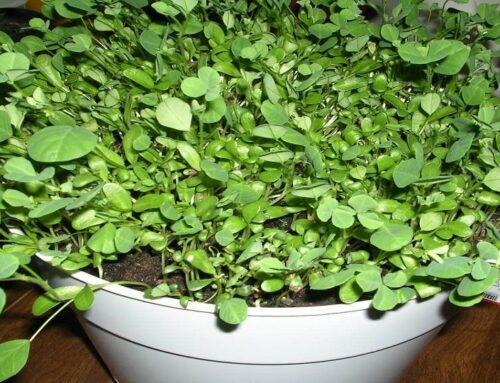
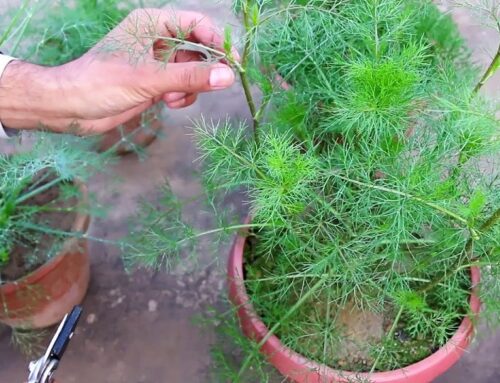
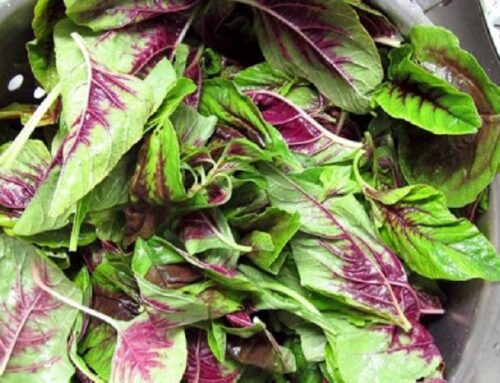
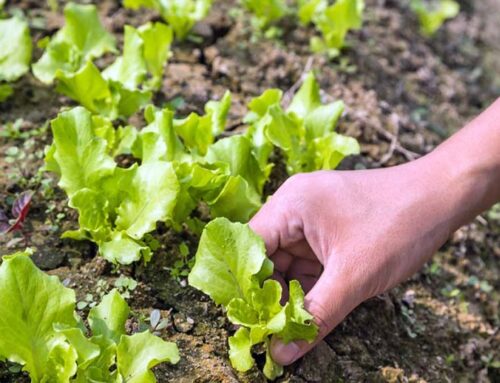
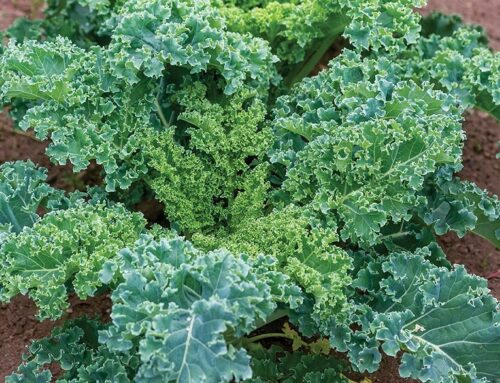
Leave A Comment
You must be logged in to post a comment.